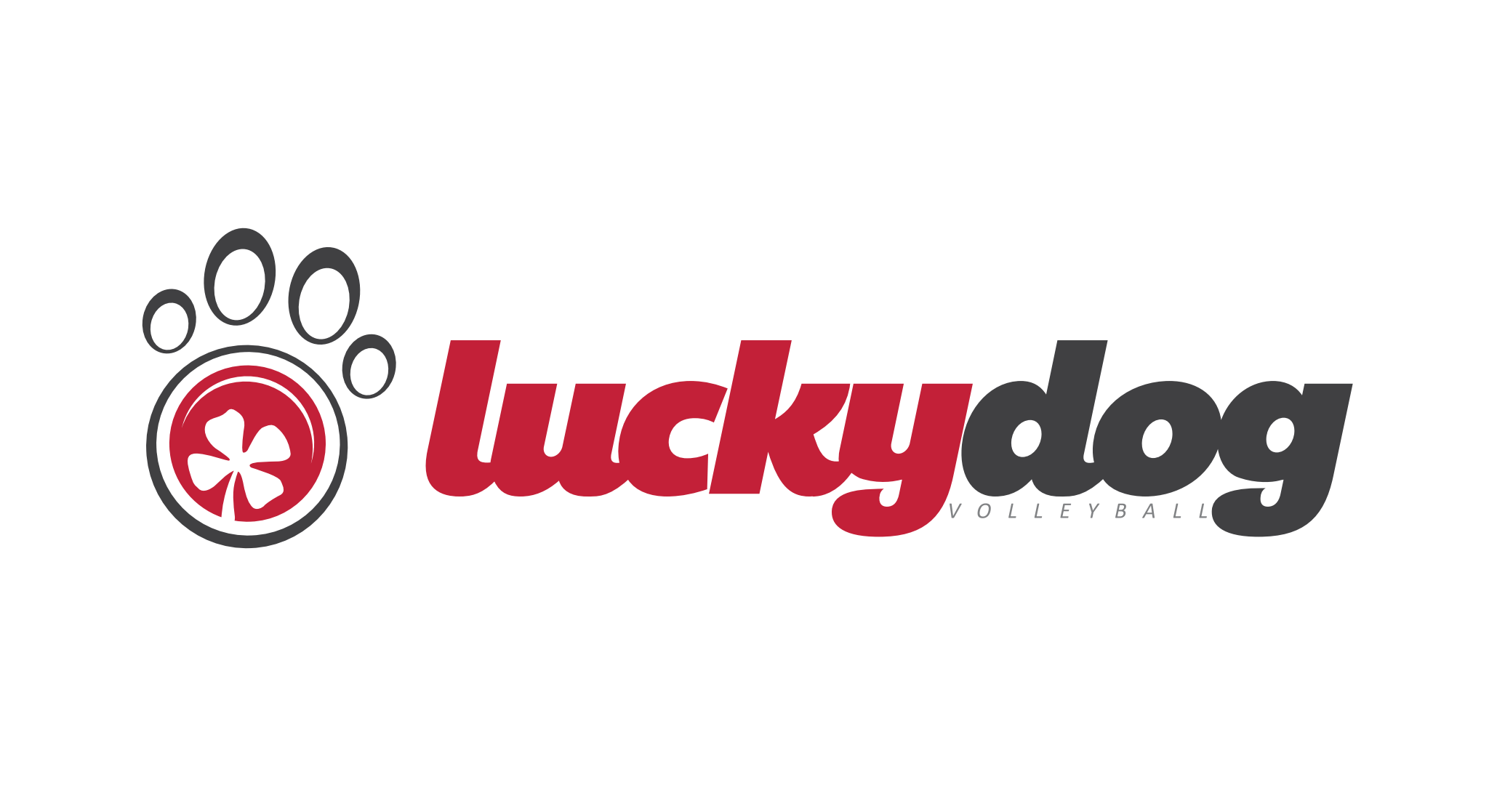Sports Tourism Brings Hotel Crunch to Greensboro
07/22/2019
AAU Junior Olympics begins this week, Wyndham Championship starts next week GREENSBORO — If you need a hotel room in the city in late July, well, you’re probably too late.
Article originally found at www.greensboro.com
By Jeff Mills | jeff.mills@greensboro.com
GREENSBORO — If you need a hotel room in the city in late July, well, you’re probably too late.
They’re going to be scarce.
Greensboro will host the 53rd AAU Junior Olympic Games from Wednesday July 24 through Aug. 3. Meanwhile, the Wyndham Championship has a new spot on the PGA Tour’s calendar, beginning with a Monday pro-am on July 29 and running through the tournament itself Aug. 1-4.
That’s a whole lot of sports tourism packed into 12 summer days.
The AAU Junior Olympics is the single biggest event in terms of participants ever landed by the Greensboro Convention & Visitors Bureau. The 11-day festival featuring 20 sports for boys and girls ages 4 to 19 is expected to draw an estimated 16,000 athletes, 2,500 coaches and account for roughly 34,000 hotel room nights.
“We see usually about 2.2 spectators per athlete and coach,” said Paul Campbell, now in his 27th year as chairman of the AAU Junior Olympics, “so you’re looking at 38,000 to 41,000 spectators coming in over a 10-day period.”
When the AAU was recruited, the Wyndham Championship was still held in late August.
“There really haven’t been many challenges with this event so far, other than the PGA Tour moving the dates of the Wyndham Championship,” said Henri Fourrier, the CVB’s president and CEO.
“We’re having to scratch to find necessary hotel rooms with those events overlapping now. I’m sure people here for this event will be staying in three counties.”
The centerpiece of AAU’s Junior Olympics is the track and field national championships, which will be held at N.C. A&T’s Belk Track and accounts for more than 13,500 participants alone.
“Let’s put it this way,” Campbell said. “You’re looking at 280 heats of the 100 (-meter sprint).”
It’s an event Greensboro has pursued for at least the last four or five years, Fourrier said.
“The first thing to know (about recruitment) is it’s heavy into relationship building,” Fourrier said. “My sales managers called on AAU for an extended period of time. Years, really. They’re the ones who did the presenting to AAU, showing them we had the facilities to do this event, and convincing them that as a community we would be able to do this event. After years of pounding that message and getting to know us, they decided to give us a shot.”
There’s a lot riding on those 11 summer days. It’s an audition of sorts for the city to become a permanent part of a five-city rotation that takes turns hosting the AAU Junior Olympics. The event goes to Norfolk, Va., next year, followed by Houston, Detroit and Des Moines, Iowa.
If all goes well here, the event will return to Greensboro in 2024.
All those cities have one thing in common: A modern track and field facility that seats between 15,000 and 20,000.
“We had hosted the USA Track and Field National Junior Olympics several times,” Fourrier said. “We’ve done a lot of national events at the Greensboro Aquatics Center. We’ve done a lot of USA Gymnastics at the Coliseum. We’ve done a lot of AAU basketball. All of those things go toward building a reputation as a host city.
“But I really believe it’s the relationship of my staff that sold it. They lent their friendliness and credibility to this. When people come to visit our city, they get a sense that everybody’s working together and it’s a concerted effort. That really gives event planners a peace of mind that, ‘Hey, if we come to this city, we will be taken care of.’ That’s not done overnight. It takes a while to build those relationships.”
One of Greensboro’s strongest assets in other bids is the city’s established volunteer network. But that was not as big a selling point this time around.
AAU is a hands-on organization, Fourrier said, relying less on local volunteers than other events. Even so, the sheer size of the event means about 200 volunteer shifts covered by local people over the course the 11 days.
“The host cities provide the facilities, and we make it happen,” Campbell said. “We’ll bring in 220 of our people to work just the track meet. And the other events, there’s another 175 people we bring in to work with the local hosts and volunteers. … We bring in the best people to run the event. Our timing people in track, for instance, are the same ones who run the Olympic Games.”
 Email
Email Print
Print









